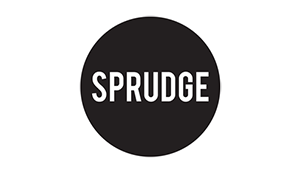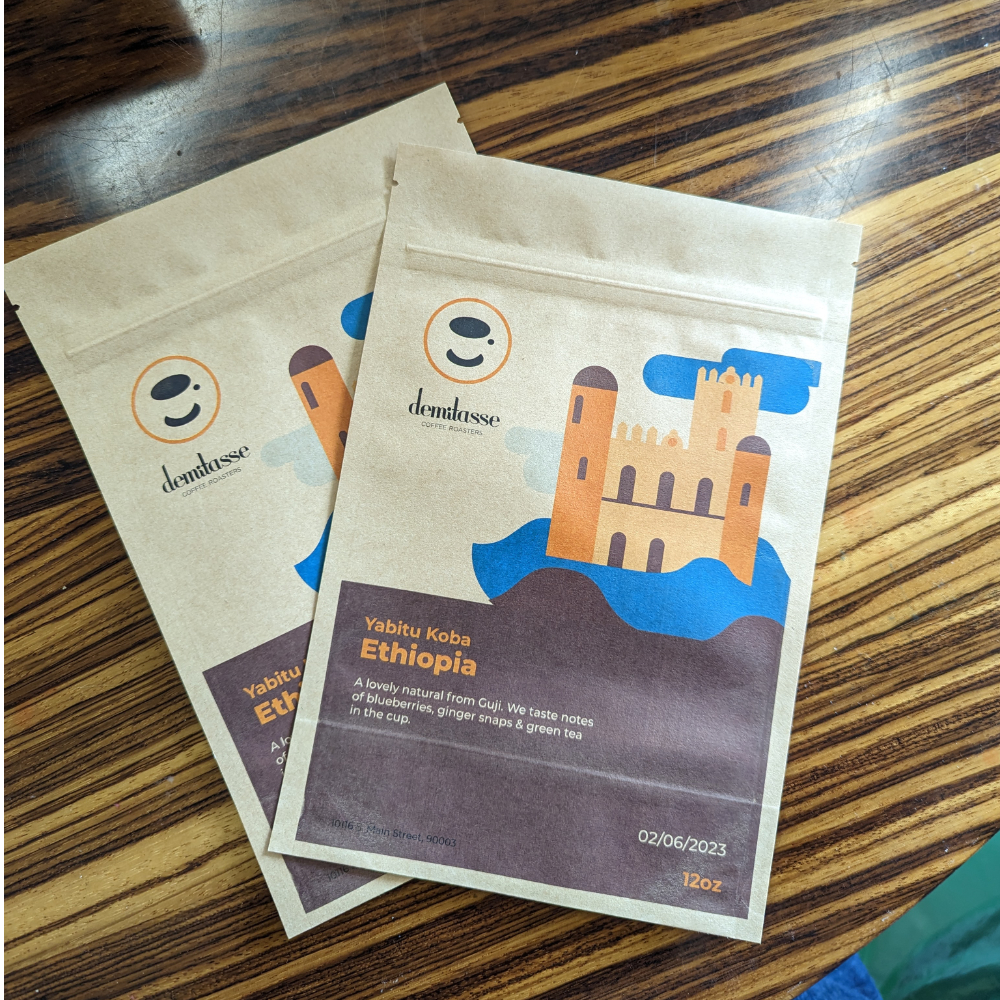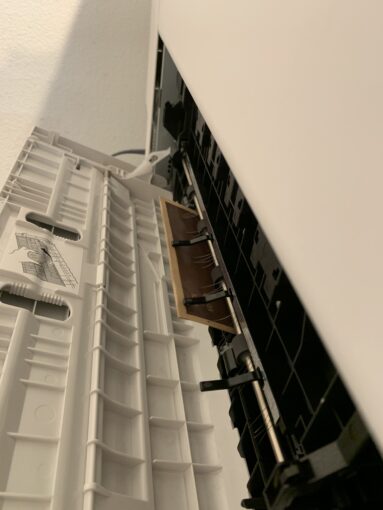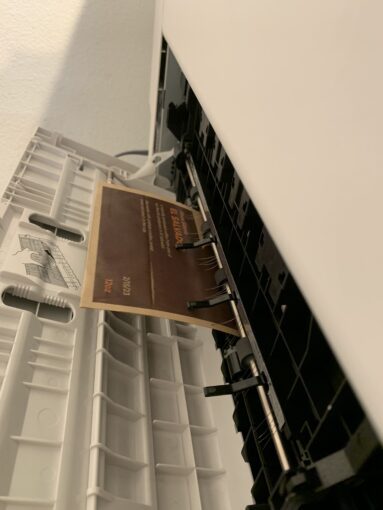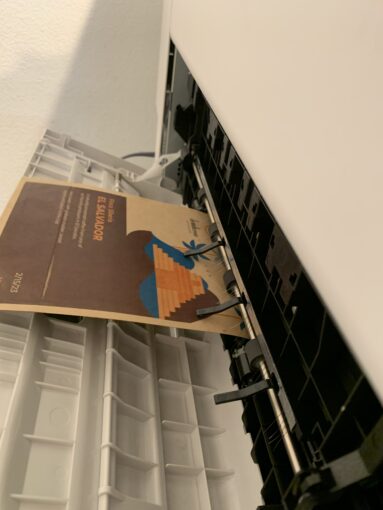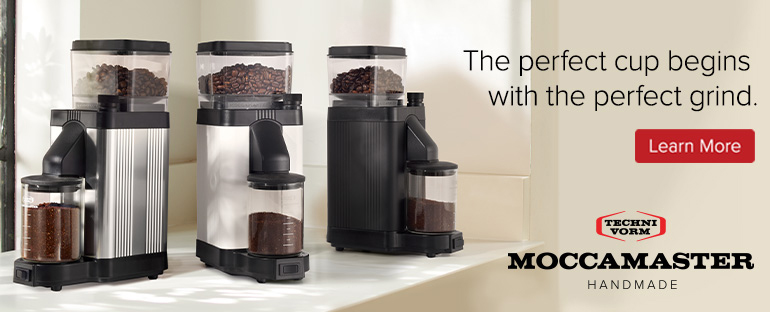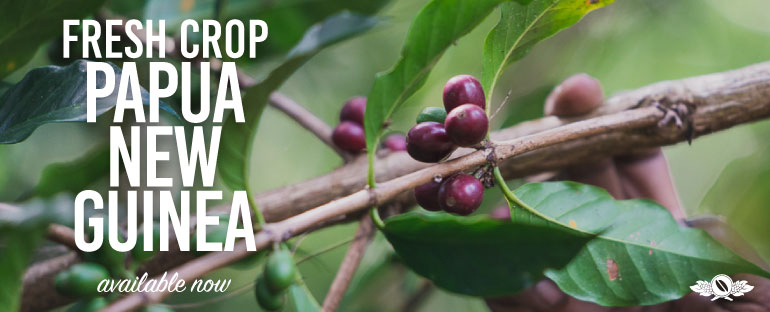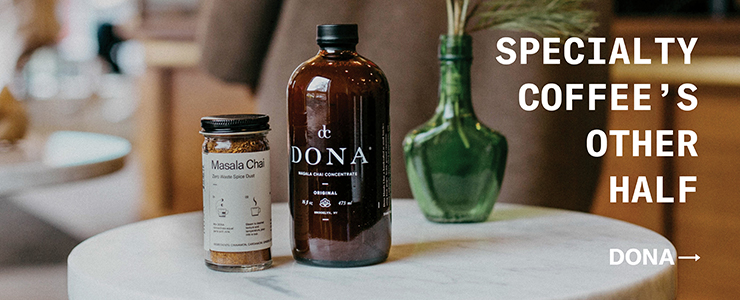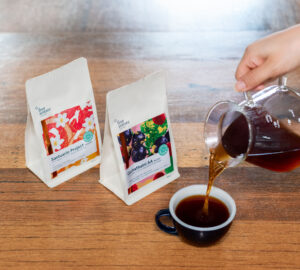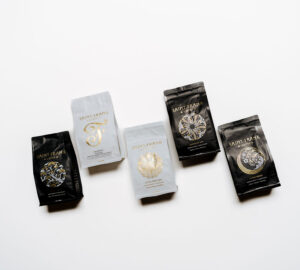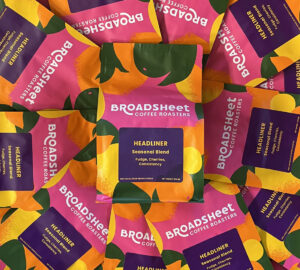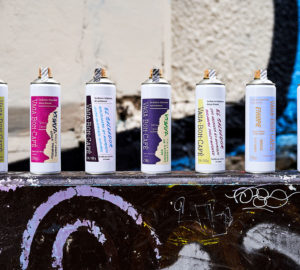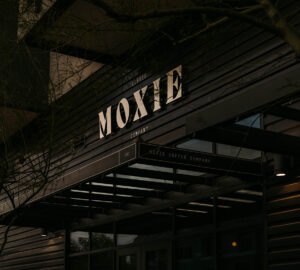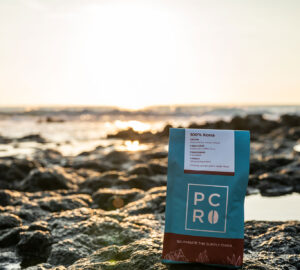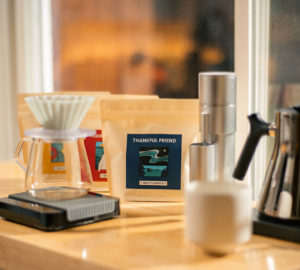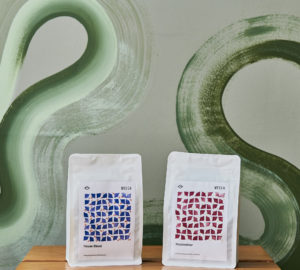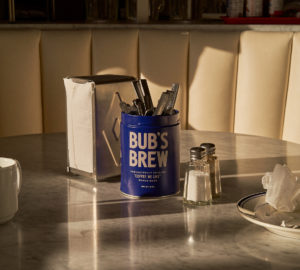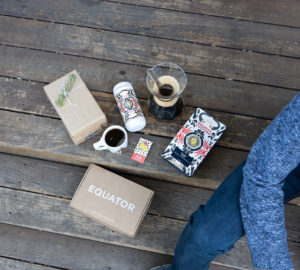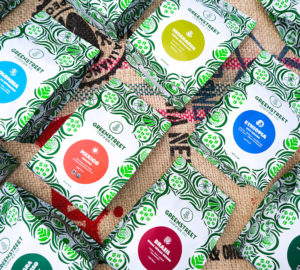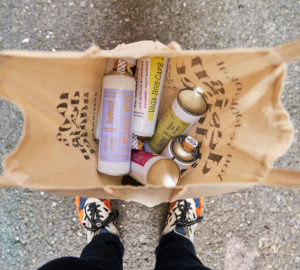It’s hard to believe we’ve been profiling the vivid world of coffee design on Sprudge for eight years and we’re still shocked, surprised, and delighted by roasters’ design innovations and cleverness. Coffee bags with a clear peek-a-boo bottom from 2015, coffee nestled in video-cassette sleeves or cereal boxes, coffee in spray paint cans not unlike dinosaur DNA stored in shaving cream canisters, the list really goes on and on. Add to the list Demitasse Coffee’s latest innovation: challenging the one-way valve status quo by getting rid of it entirely.
But first, a quick primer on one-way valves:
The heat from coffee roasting causes chemical changes, creating natural gasses like carbon dioxide within the roasted coffee. Coffee begins to off-gas shortly after roasting, releasing about 40% within 24 hours and the rest slowly over time. Ground coffee speeds up this process, and you’ve probably seen ground coffee off-gas in real-time as you brew—this is called the bloom.
Coffee degassing in a sealed bag creates pressure. Packing coffee too quickly after roasting can cause packaging to swell and, in some cases, bust. In 1960, Italian packaging company Goglio developed the one-way valve for coffee packaging, and it has become all but ubiquitous in higher-volume commercial coffee bags. The one-way valve offers the benefit of allowing gasses to escape, as well as releasing pressurized air during shipping, all while keeping air/oxygen/atmosphere from coming back in.
So if you take out the one-way valve, won’t a coffee bag swell? Off-gassing is one thing, but if outside pressure drops, air trapped inside sealed bags expand. You may have experienced this phenomenon if you’ve ever taken a bag of potato chips on an airplane or to the mountains. For this piece, Demitasse sent us four bags from California to Portland which all arrived in good shape. No swelling, no busting. “We tested the bags out quite a bit sealed up and nothing happened. So far nothing has popped and we’ve shipped quite a few bags across the country,” says Demitasse Coffee owner Bobak Roshan.
During the roll-out, Demitasse told its customers that they “decided to not include the one-way valves because for the life of us, we couldn’t find any compelling evidence that this was actually needed for coffee quality and that’s a piece of plastic for no good reason.”
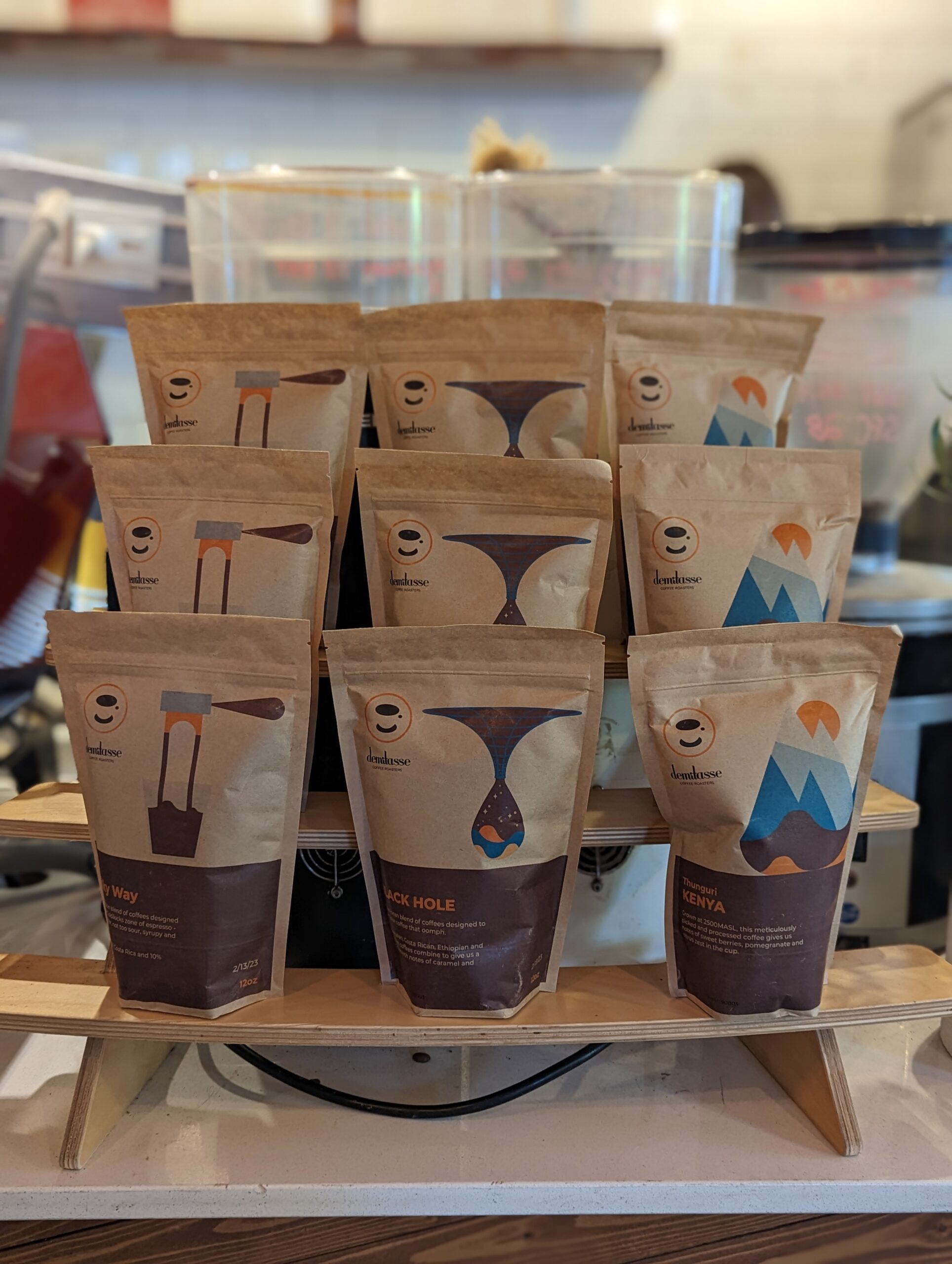
“We got rid of the one-way valves because…we’re not convinced they really do anything,” says Roshan. When asked if they did side-by-side comparisons of valve bags and non-valve bags with regard to quality Roshan told us yes. “We didn’t notice a difference,” Roshan says. “I can’t promise that there won’t be any difference after, say, two months. Though I do have a three-month-old sealed bag (still hasn’t popped!) of coffee at home so maybe I’ll test that soon.”
The decision to let go of the valve, while perhaps a little risky, was one of many thoughtful considerations during the lengthy bag re-design at Demitasse, with a goal to “merge eco-friendly bags with our new fancy-pants printer to reduce waste and make our bags super customizable.”
In their quest to find a better bag, Roshan created criteria to follow: not terrible for the environment, somewhat cost-effective, safe to put your coffee into, and able to print on. “This was by far the hardest piece of the puzzle,” writes Roshan. “We tried literally dozens of different bag materials before we found one.”
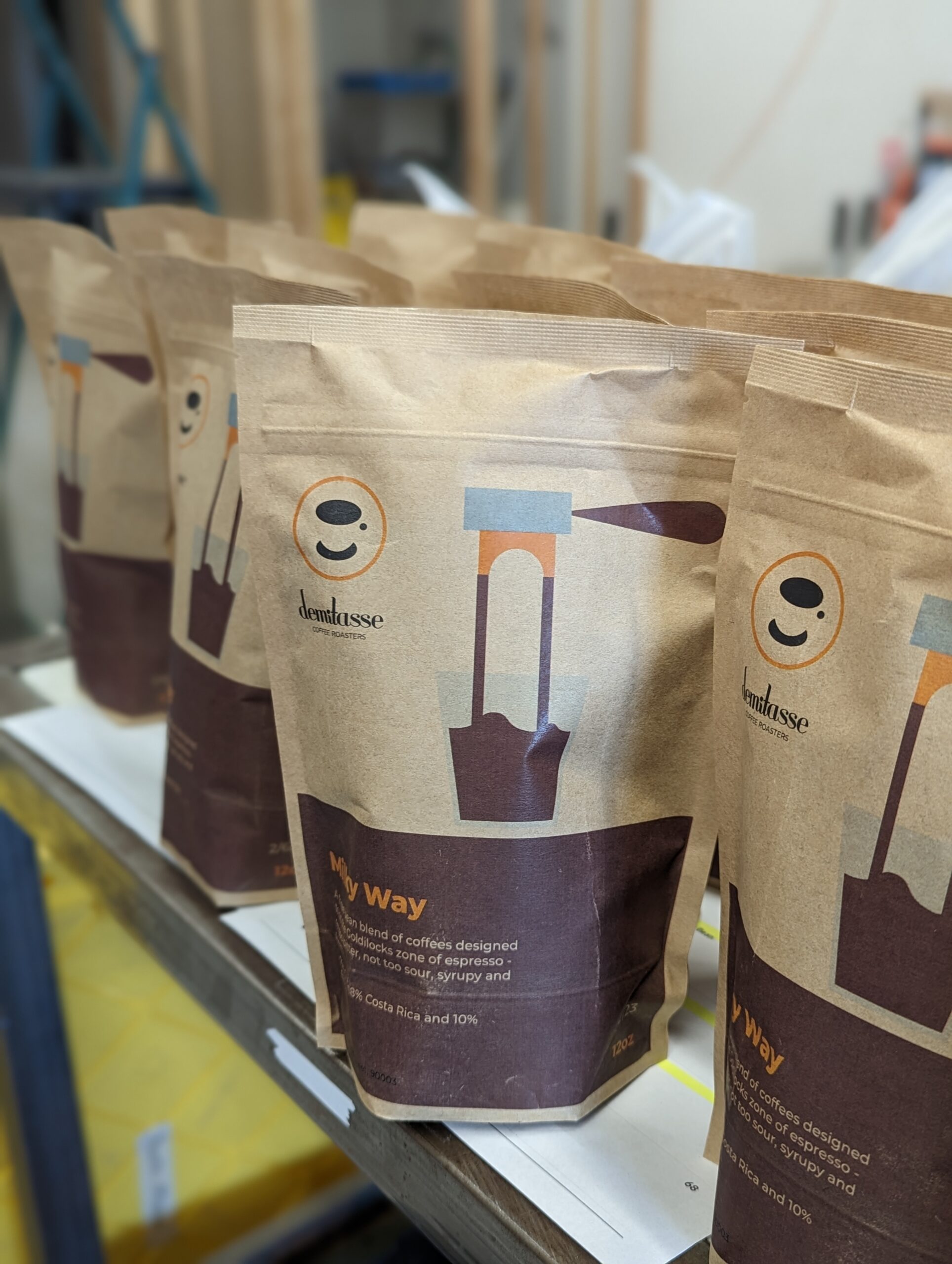
“We ultimately decided on Biotre 3 bags—they’re technically fully compostable (in commercial composting but apparently you can bury it in your yard and eventually it will break down, just not very quickly)—they’re mostly made from plants and ultimately the least worst option we could find that we could also print on.”
We spoke with Roshan digitally to learn more.
Who did you work with for the art on the new bags?
Patrick Hruby—a really talented guy who now is at the LA Times! We had him come up with drawings from each blend as well as each single origin. The single-origin drawings are of UNESCO World Heritage sites in those countries.
We’re intrigued by the “fancy-pants printer”! Can you tell us about it?
After much googling and many many calls, we found out that the IntoPrint SP1360 just might check a lot of our boxes. We found a place out in Orange County that sold them and sent them a whole bunch of bags to test out. Different materials, different suppliers, etc. Eventually, it worked out with just a few different types of bags, but we were most impressed with the Biotre.
Is the printing time pretty involved for a run of coffee?
Not really. We can print a lot out at a time and if anything, it’s somewhat faster than taking a bag out, printing out labels, slapping the label on it, and then getting a roast date stamp and hand stamping each bag. Now it’s just ctrl-p. Everything, including the roast date, is printed directly onto the bags.
Would you recommend it to other roasters out there looking for an ecological solution?
I wouldn’t say it’s ecological. It’s the least-worst option we could find. We’re really big on eliminating single-use waste and this was one area where we thought we could eliminate a few pieces of waste. So I think it’s a good option though the printer wasn’t cheap. I’ve seen other, probably better solutions out there as far as packaging goes that would probably be more environmentally friendly (thinking of cans and glass but each of those has its issues to be sure, but at least you can definitely recycle those anywhere). I think we really ask a lot of coffee packaging and there isn’t a great solution. It needs to protect the coffee. It needs to be shippable. It needs to be flexible enough to have different coffee options on it. It needs to be pretty. It needs to stand up and look good on a shelf. It needs to be made in a low-carbon way (never mind that this stuff is all made overseas and the carbon footprint of just getting it to us is enormous) but also have the ability to be either recyclable or compostable. And somehow with all that it needs to be durable. A lot of these needs are in conflict with each other, so I think for ecologically minded roasters, you sort of have to pick your poison and live with it.
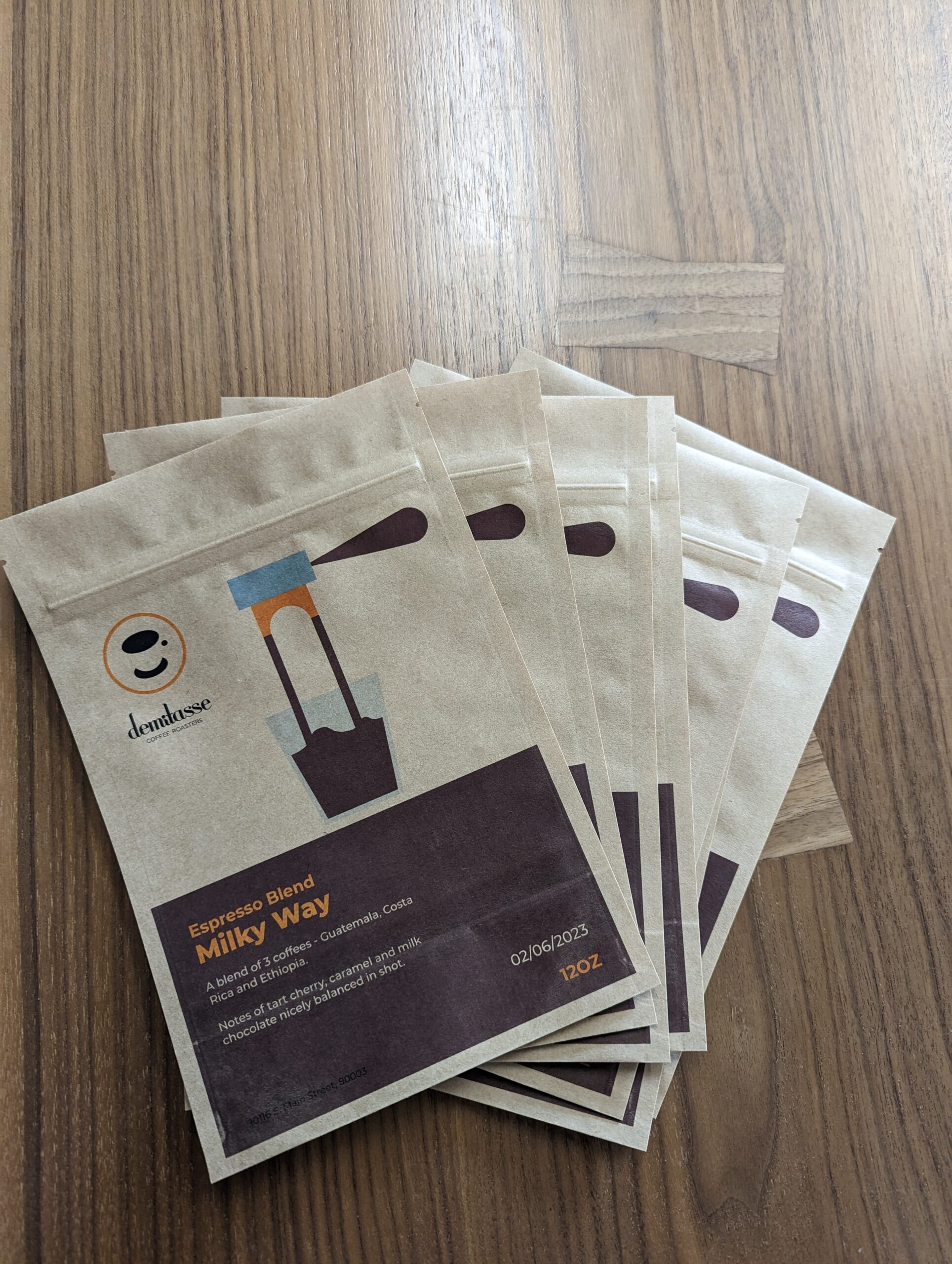
I want to circle back to the valve-less bag and ask how do you tell your customers to store their coffee at home. In the bag? In a container?
We push really hard to get customers to bring in their own containers. Miir has a really good one. We sell the Airscape ones. We even offer huge discounts to folks who bring in their own containers—we will fill their container up with a pound of coffee for a dollar less than the 12oz bag price. We really think it’s the best deal in coffee. But I think you run into the same issues with containers that you do with cups: most people just don’t want to bother bringing in their own cups/mugs/containers. Even with that ridiculous discount.
In your blog post, you mentioned the ability to print someone’s face on a bag—it’s exciting that you’re not limited to a minimum print run. Now that you’re printing on-demand, what kind of projects do you see in the pipeline?
No one has taken us up on having the face printed on a bag yet. I’m very sad about this. But in the past, we’ve done some coffee for weddings where the bride and groom wanted to give out bags of coffee to their guests and we put a little label on it. Now we can put their faces on the bag! I can see small cafes that want a better white-labeling option using our system for nicer bags beyond a black bag with a white label slapped on it. I also think creative types might use it as a way of promoting their graphic design work by coming up with a design for the bags and then sending it out to clients and the like.
Keep us updated! Thank you!
Coffee Design is presented in partnership with Savor Brands. Explore Coffee Design archives at our exclusive Coffee Design hub.
Zachary Carlsen is a co-founder and editor at Sprudge Media Network.






